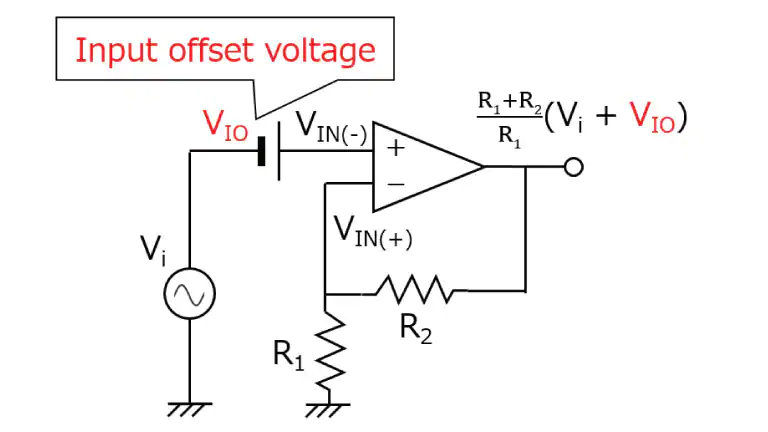In general offset voltage will vary with everything to some degree.
Op-amps that are auto-zero (zero drift) tend to have a relatively low (often negligible) drift with temperature and time (aging) but have other disadvantages.
There are a very few op-amps that do an auto-zero cycle only at power-up which adds an extra element of risk and uncertainty to the power cycling. I would avoid those entirely in pretty much any situation.
None-auto-zero op-amps age to some degree (typically some kind of drift that decreases as time goes on but never really stops) and have Vos changes due to ambient temperature that can be relatively large (say >5uV/°C) or relatively small (perhaps 0.2uV/°C) for the best designs. As always, beware of how the datasheets actually specify drift (it's not a guarantee of the slope over a narrow range, rather, it is typically a 'box' specification over a wide temperature range. Even if you have stable ambient temperature and turn it off for some time, even if the offset voltage does not change with time, there will be a warm-up time while the junction temperature rises to near the steady-state value. If you draw a great deal of current from the output the junction temperature and therefore offset voltage will change as a result of that (you can consider that a kind of low-frequency distortion).
Offset voltage effectively changes with common-mode voltage, which is the CMRR.
In particular if they are rail-to-rail input they often have a significant and nonlinear shift in offset voltage with common mode voltage as the two front ends transition. If you can avoid that region, that kind of op-amp can be no worse than a non-RR-input op-amp.
Since those characteristics vary wildly between op-amp designs you need to pick one that meets your detailed requirements. The resistors won't directly affect offset voltage, though they will affect gain drift. If you're concerned with microvolts then you need to consider a lot of other details.
Here is a typical high-precision op-amp (an AD8599) showing Vos change with Vcm, from the relevant datasheet:

And, from the Analog Devices OP07 datasheet, a typical precision amplifier, typical drift with time:

The first hour or day of operation is typically specifically excluded so some burn-in is assumed to get those typical results.
From the LT1028 datasheet:

You can see the (relatively small in this case) warm-up drift, typical aging, drift with temperature. Keep in mind that the actual numbers shown in this datasheet are for one of the very best of breed product and a jellybean op-amp may be orders of magnitude worse.
Changes in bias current will also affect the output offset voltage of your circuit.
Non-precision non-auto-zero op-amps will behave similarly to the above, but often much, much worse. They just don't bother providing the figures because they assume you don't care about 100uV or a few mV here and there.
In conclusion, other than the rare exception I mentioned in the second paragraph above, offset voltage will typically return to the previous value very closely following a power cycle (after a suitable warm-up time has elapsed).





